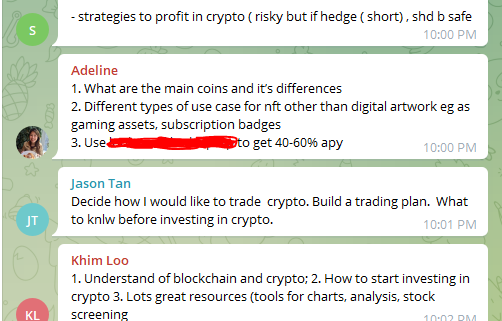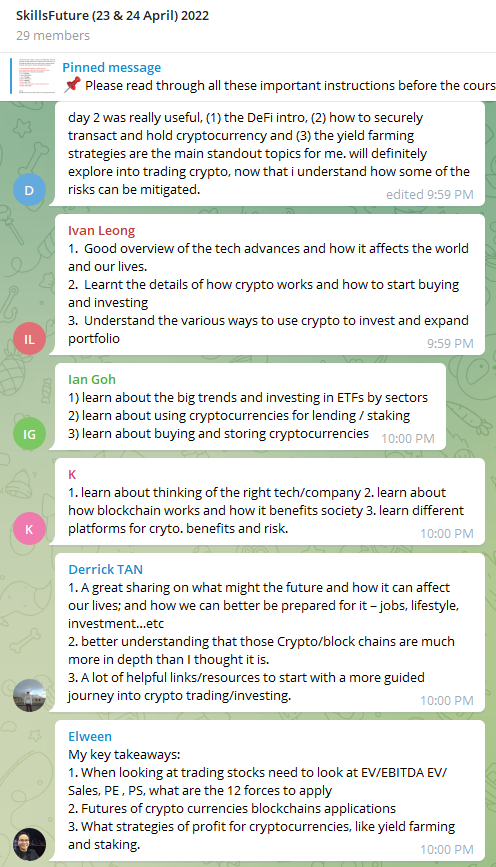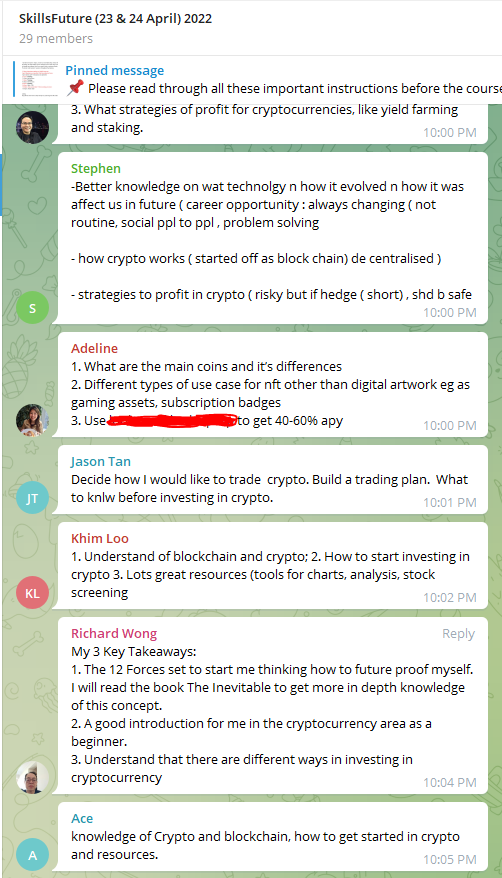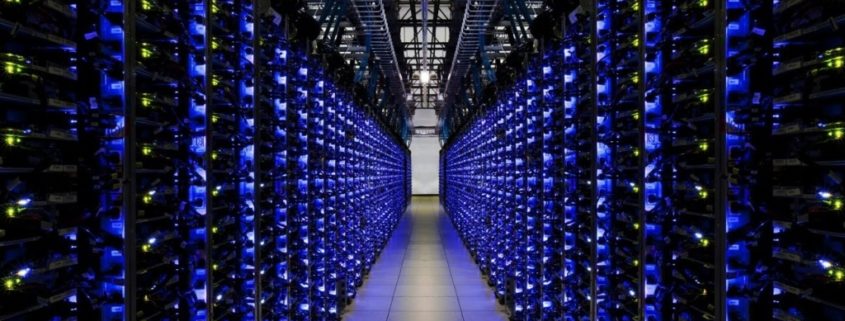Decentralized Finance (or “DeFi”) is a new global financial system that allows people to access financial services without the intervention of financial institutions such as banks.
It is a robust financial system that aims to set people free from their reliance on banks, credit unions, and insurance companies as there is no transparency in the operations of these institutions.
In this post, I will go over decentralised finance (DeFi) in detail to help you understand how it works and whether it has the potential to replace our traditional financial system.

Understanding Centralised Finance and Its Flaws
We currently rely on a centralised financial system (or “CeFi”) in which power is concentrated in the hands of a few central authorities.
These authorities have complete control over all financial institutions, and the people are at their mercy for investment, lending, borrowing, and a myriad of other day-to-day financial services.
When people deposit money into their bank accounts, it is these financial institutions that assume responsibility for it.
The authorities set the standards and ensure that everyone follows them.
For this reason, CeFi is regarded as the most reliable and secure financial system.
That being said, this centralised system is not without flaws—in fact, the system is riddled with them.
Let’s take a closer look at two of the major drawbacks of CeFi.
1. Lack of Transparency
The first drawback of CeFi is a lack of transparency in its financial procedures.
When you deposit your money in a bank, it is never locked away in a bank account that only you have access to.
Instead, your money is handed to another person in need; otherwise, how do you imagine banks lend money?
They take your money and are responsible for ensuring that the borrower repays it.
Even though the bank returns your money if the borrower defaults on the loan, you never know what is happening with your money or to whom it is lent.
2. Data Breaches
In addition to lack of transparency, CeFi is also prone to data breaches.
There have been multiple occasions in the past where a person’s confidential information and money were stolen.
Not only that, but the centralised financial system is vulnerable to financial crises—we are all familiar with past economic downturns that rattled the financial system as a whole.
These are two main concerns in the centralised financial system that everyone should be aware of.
Decentralised finance (DeFi) is now regarded as a panacea for such financial maladies.
Understanding Decentralised Finance (DeFi) and Its Features
A decentralised financial system, as previously mentioned, is an alternative to a centralised financial system.
It enables financial transactions to take place without the involvement of a third-party financial institution.
It is a digital ecosystem of financial services similar to those provided by a traditional centralised financial system. All financial services in this digital ecosystem are risk-free and automated since they are handled by a “code” rather than a human.
The distinction between DeFi and CeFi is that the services of the former are developed on top of a blockchain network. Now, blockchain refers to a decentralised, distributed and often public digital ledger that records transactions across all computer systems on its network.
The best part about blockchain networks is that it is tough to manipulate the financial information that is recorded on the digital ledger. This is attributable to the fact that transactions across a blockchain network are recorded in the form of “blocks,” and any involved block cannot be modified retroactively without affecting all subsequent blocks.
In other words, it is virtually impossible to game this system.
Now, there are two main problems that DeFi solves: lack of transparency and manipulation.
As each transaction is recorded on the public digital ledger, you know exactly what is happening with your money and where it is being used. Furthermore, since this foolproof system cannot be cheated, you and your money are safe.
Advantages of Decentralised Finance (DeFi)
There are many other advantages of using a decentralised financial system.
1. No Censorship
In contrast to CeFi, there is no censorship in DeFi—anyone can use any type of financial service they need.
This is a pretty big deal, particularly for underbanked adults.
2. No Geographical Restrictions
You can also conduct financial transactions with people from all over the world.
Again, this is not something you can do in a centralised financial system.
CeFi has geographical restrictions and does not allow you to receive or lend money to someone in another country.
DeFi users can freely engage in worldwide peer-to-peer (P2P) lending and borrowing.
However, users can only use crypto assets—the most popular of which is bitcoin (BTC)—rather than real assets such as gold or real estate.
Disadvantages of Decentralised Finance (DeFi)
1. Reliant on Technology
First and foremost, because DeFi is a digital ecosystem, it is entirely reliant on technology.
Therefore, there are some serious technical risks involved—one glitch and the whole financial system can come crashing down.
2. Volatility of Cryptocurrencies
Another threat to the decentralised financial system is volatility.
Because all major cryptocurrencies are highly volatile, this system is unpredictable.
Even if a person borrows stablecoin, they must put up collateral in the form of crypto assets.
The value of this collateral is not fixed and can drop drastically at any time.
3. Risk of Hacking
Furthermore, the transparency of the smart contracts themselves can be problematic. Because smart contracts can be seen and audited by any user, they are also exposed to hackers. This means that there is still a possibility of data manipulation.
4. Lack of Oversight & Regulation
The lack of oversight and regulation that characterises DeFi is still its biggest disadvantage. The general public is so reliant on the centralised financial system that the transition to DeFi seems almost unrealistic at this point.
Ethereum: The Most Popular, Open-Source Blockchain Network
Ethereum is among the most popular blockchain platforms, a decentralised public ledger that enables its users to use decentralised applications (dApps).
Ethereum has its own cryptocurrency, Ether (ETH), as well as programming languages called Solidity and Vyper.
After Bitcoin, Ether is the most popular cryptocurrency in the world, and it also ranks second in terms of market value.
Since there are no financial institutions involved in any financial transactions in DeFi, there are smart contracts to ensure compliance and prevent fraudulent activities.
These smart contracts are collections of codes and are not controlled by any central authority, but they run as programmed when certain predetermined conditions are met.
Once the code is deployed on the network, it cannot be changed.
Just like a traditional contract, these smart contracts lay down the rules of the transaction, but they are automatically enforced.
For example, if a person fails to repay a loan taken from another Ethereum user, their collateral is automatically liquidated, and the loan is settled.
In the world of DeFi, smart contracts substitute all financial institutions.
Popular DeFi Applications
1. Digital Exchanges (DEXs)
Digital exchanges function similarly to a marketplace, allowing sellers and buyers to connect and trade cryptocurrencies and fiat currency without the intervention of a central authority.
The entire exchange process is non-custodial and takes place through smart contracts.
In other words, no third-party owns the digital assets.
2. Peer-to-Peer (P2P) Lending Platforms
If you need a loan, you can approach an available user/peer directly, bypassing any middlemen.
Because both parties rely on smart contracts, there is absolutely no risk of fraud.
3. Stablecoin
Stablecoin was developed in response to the issue of cryptocurrency volatility.
Stablecoin is a type of cryptocurrency, similar to Bitcoin and Ether.
The only difference is that stablecoins are pegged to the value of a cryptocurrency, fiat money (government-issued currency like USD), or exchange-traded commodities (such as precious metals).
DAI is the most popular stablecoin cryptocurrency, with 1 DAI going at an exchange rate of $1.
Will Decentralised Finance (DeFi) Take Over the Traditional Financial System?
It is safe to say that decentralised finance (DeFi) has profoundly altered the financial landscape—and rightly so.
It gives people control over their money while also delivering efficiency and transparency.
Most importantly, it has dramatically decreased the risk of corruption and fraud.
Therefore, it appears to be the best financial system today.
Having said that, the system is still in its relative infancy and is not without shortcomings:
For all its flaws, this new financial system will see many more developments in the future.
If they deliver efficient solutions to the current gaps, there is a chance that DeFi will replace the existing centralised financial system as the future global financial system.
Now that I have shared all about Decentralised Finance (DeFi) and its pros and cons, what do you think of it? Do you think it will take over the traditional financial system?
Let me know in the comments below.
After trading for 18 years, reading 1500+ books, and mentoring 1000+ traders, I specialise in helping people improve their trading results, by using tested trading strategies, and making better decisions via decision science.










